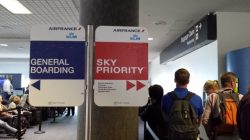Yesterday, KLM operated its final Boeing 747 flight as KL686 from Mexico City to Amsterdam. For one more airline, this flight closes the chapter of one of the most iconic aircraft ever produced.
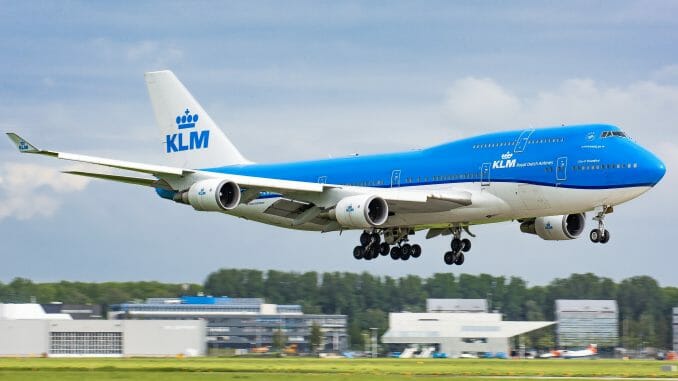
KLM had originally planned to retire its Boeing 747-400 fleet by the end of 2020. With the current state of aviation, that schedule accelerated retirement for KLM along with other airlines. Qantas still has five 747-400’s in their fleet that were just parked. They have the same retirement schedule as KLM but I suspect that these aircraft have seen their last revenue flights as passenger aircraft.
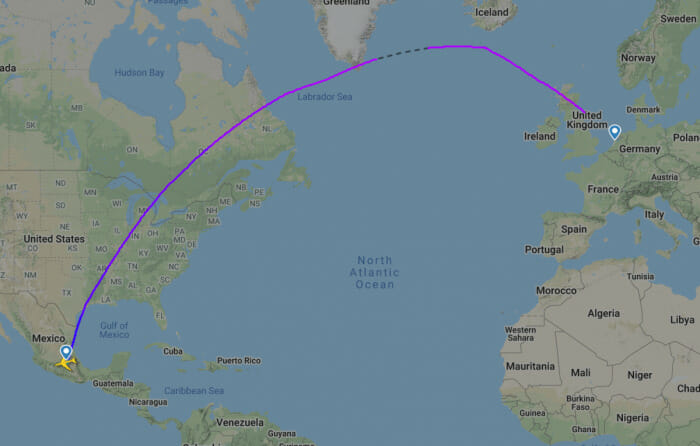
From Humble Beginnings
What became the iconic 747 started out in 1963 as a possible large strategic transport aircraft for the U. S. Air Force. There was a design competition between Boeing and Lockheed Aircraft. Lockheed ended up winning the competition with the aircraft known as the C-5.
Juan Trippe, then CEO of Pan American World Airways approached Boeing to make an airliner twice the size of the Boeing 707. Boeing had its first customer and the wide-body program was formally launched as the 747. The 747 first flew on February 9, 1969 and entered service with Pan American on January 22, 1970. In order for very large aircraft (VLA) to fly, wide-bypass ratio jet engines had to be created.
The 747 Legacy
Very few aircraft have served the airline industry as long as the 747. The 747 has been in passenger revenue service for five decades. The only other mainline aircraft that has that kind of track record is the Boeing 737 which began passenger service with Lufthansa in 1967. The 747 was built as passenger, combi (freight and passenger), freighter (with swing-up nose loading) and Presidential VIP transport known as the air force VC-25.
Over the decades, the passenger version of the 747 has been produced in six series variants:
- 747-100, the original model,
- 747-SP, a shortened 747-100 for longer-range flights,
- 747-200, enlarged and modernized 747-100,
- 747-300, enlarged and modernized 747-200,
- 747-400, modernized 747-300 with two-pilot flight deck and
- 747-8i – the final version with the engines and flight deck of the 787.
Boeing 747 aircraft continue to fly as heavy-haul transports. The Airbus A-380 freighter was scrapped before it got off the drawing board. The 747 freighter was very efficient for loading and unloading with its swing-up nose.
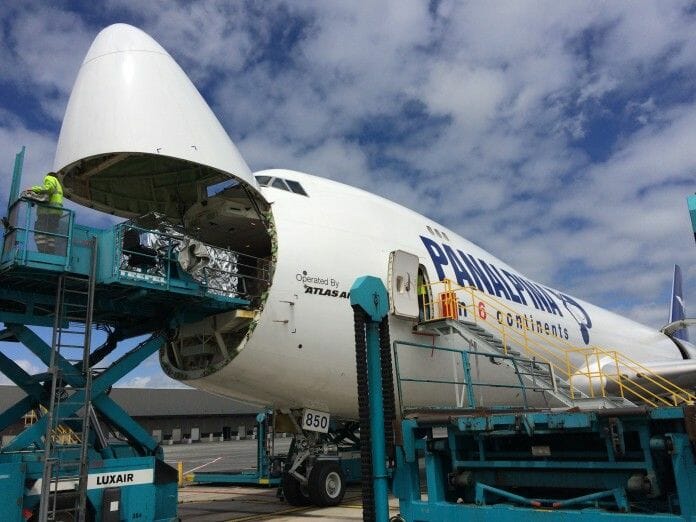
The End Is Coming
Sadly to say, this proud lady known as the Queen of the Skies is getting phased out for more fuel-efficient aircraft. The age of the VLA aircraft is dead. Here are the remaining major pasenger operators of the Boeing 747:
- Virgin Atlantic with 5 747-400,
- British Airways with 33 747-400,
- Qantas with 5 747-400,
- Air China flying the 747-8,
- Korean flying the 747-8 and
- Lufthansa flying the 747-8.

The remaining operators of the 747-400 have dates for total retirement as newer and more fuel-efficient aircraft are being delivered. Some 747-400 aircraft will be converted to freighter operations.
The final 17 aircraft to be completed by Boeing will be freighters as all passenger 747 versions have been completed and delivered.
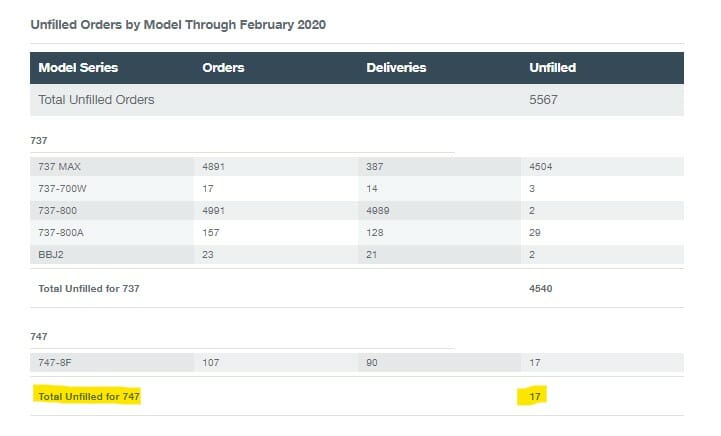
Final Thoughts
There is no doubt about it, the Boeing 747 is probably the most recognized aircraft ever built with its distinctive hump. This proud lady flying the world for over 50 years is truly worthy of being known as “The Queen Of The Skies”. The 747 lowered the cost per seat mile for the airlines which help make airfare more affordable. When I fly the 747 in row 1, I actually land before the pilots do because they are actually behind me.
Do you have any memorable flights aboard the 747? Let me know in the comments section.

